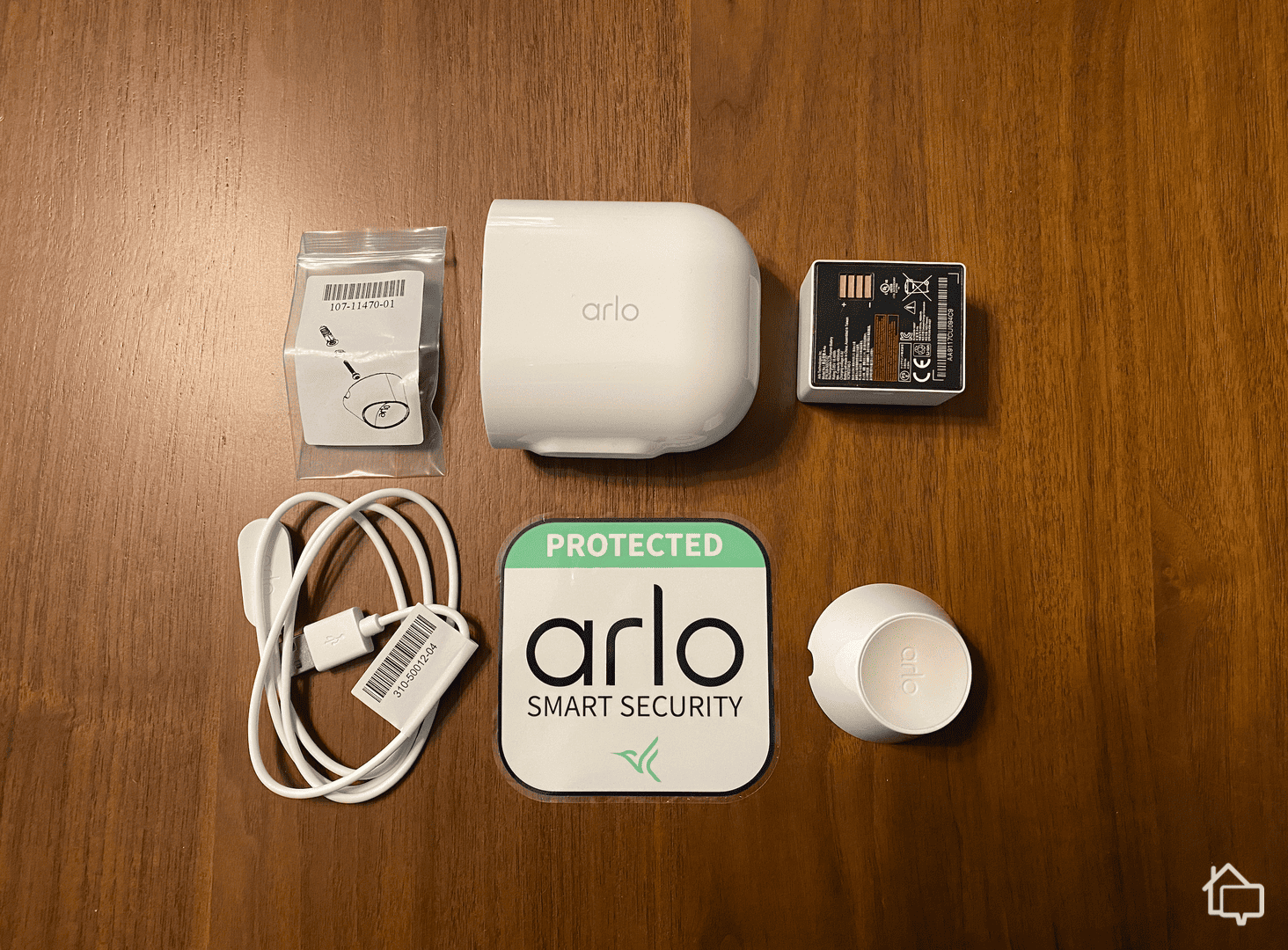For most folks, home is our safe place. It is the place we unplug after a long day at work, connect with our family members, and raise our children. It can be unsettling to know invisible dangers like toxic gases may lurk. Toxic gases are harmful to all family members, but vulnerable groups such as pregnant women and children are at the greatest risk.
Thankfully, measures can be taken to decrease the risks associated with these four hazardous gases that can rear their ugly heads in our homes. Below we will inform you about the source of each gas and offer suggestions to prevent or decrease their presence. So let’s get right to it!
1. Carbon Monoxide
Carbon monoxide (CO) is the most notorious gas that shows up in homes — and for good reason. Carbon monoxide poisoning can cause harm or kill quickly. It occurs when there is a high concentration released into an enclosed space, and your body replaces its oxygen with carbon monoxide. Because carbon monoxide is both colorless and odorless, it is difficult to detect.
FYI: Every year more than 20,000 Americans visit emergency departments to get treatment for carbon monoxide poisoning, and more than 400 Americans die1.
The Source
Carbon monoxide is present any time you burn fuel in cars, small engines, gas ranges, lanterns, grills, fireplaces, and furnaces. Most exposures to high concentrations, which become poisonous, occur during winter, and the most common source of poisoning is unvented space heaters that use a combustible fuel2. (Read our guide to winter home safety to learn more.)
Symptoms
A person who has been poisoned by carbon monoxide may experience headaches, dizziness, weakness, nausea, vomiting, chest pain, or confusion. If the person is sleeping, however, they can die before experiencing any symptoms, so installing a carbon monoxide detector in your home is critical to your family’s safety.
Prevention
Installing a CO detector in your home is one of the best ways to prevent carbon monoxide poisoning. The detector should be installed in a place where it will wake you if carbon monoxide levels rise during the night. Check or replace its batteries twice per year and replace the detector every five years.
The following steps will also ensure your family’s safety.
-
- Hire a certified professional to service your heating system, water heater, and other gas, oil, or coal-burning appliances each year.
- Ensure your gas appliances are properly vented. Horizontal vent pipes should be on a slight incline.
- Hire a certified professional to inspect and clean your chimney each year.
- Never use a generator inside your home or garage, and be sure it is at least 20 feet from all windows, doors, or vents.
- Never run a vehicle in an enclosed space, such as a garage.
What to Do If You Suspect CO Poisoning
Most importantly, immediately leave your home with any other family members and pets. Breathe in fresh air outside, and then call 911 or find someone to call for you.
2. Radon
Like carbon monoxide, radon is difficult to detect because it is colorless and odorless. Radon does not kill or cause harm as quickly as carbon monoxide, however, but instead builds up in the body over time, which can lead to long-term damage. That doesn’t make it any less dangerous though. Radon is the leading cause of lung cancer in nonsmokers and the second-leading cause of lung cancer overall3. The good news is that elevated radon levels in a home are easily mitigated.
The Source
Radon is a naturally occurring radioactive gas that comes from the decay of radium, found in soil and rocks. Radon becomes trapped inside homes and buildings after entering through cracks or gaps in the foundation, so most radon exposure occurs indoors. Radon can be found in the atmosphere, but only in trace amounts, so it’s not dangerous to humans who are exposed to it outside.
Prevention
Radon is often detected during the buying or selling of a home. The Environmental Protection Agency (EPA), U.S. Surgeon General and the Centers for Disease Control and Prevention (CDC) recommend that all homebuyers test for radon before buying a house or moving in. A home can be tested by a certified professional or with a DIY home kit.
If radon levels are elevated, the next step is hiring a radon service professional to recommend and install the best mitigation system for your home. Most systems can be installed in a day and will reduce radon concentrations by up to 99 percent3.
Several mitigation methods are available, depending on your home’s makeup. One common system draws gas from below the house and vents it outdoors through a pipe. Mitigation also includes sealing cracks and openings in the foundation.
FYI: We’ve created a comprehensive children’s safety guide. It provides information on everything from trampolines to animal bites to electricity risks.
3. Volatile Organic Compounds (VOCs)
Organic compounds — compounds that contain carbon — are used in many household products. Volatile organic compounds (VOCs) are gases emitted from some of these solids and liquids while in use or even while stored.
VOCs are known to cause damage to the liver, kidneys, and central nervous system. Some are also suspected or known to cause cancer. They can also cause eye, nose, and throat irritation.
The Source
VOCs are emitted from a variety of household products, including paints, varnishes, wax, adhesives, cleaning and disinfecting solutions, hobby materials, and cosmetics. VOCs can also be emitted from carpeting, flooring, furniture, and dry-cleaned clothing and draperies.
It is an extensive list. Most families likely have several, if not all, of these items in their homes. It is important to keep in mind that VOCs become hazardous to health when you are exposed to high concentrations. Eliminating exposure to VOCs in daily life is difficult, if not impossible, but reducing exposure will help keep you and your family safe.
Symptoms
Exposure to high concentrations of VOCs can lead to a variety of symptoms, including irritation of the nose, throat, and eyes; headache; an allergic reaction on the skin; labored breathing; nausea; fatigue; dizziness; and nosebleeds.
Prevention
Reducing your exposure begins with finding and using products with low VOCs. Online databases can point you to safe products. The EPA’s Safer Choice program, for example, provides an online search tool for consumers. You can also look for products labeled “No VOC” or “Low VOC.”
When using any chemical product, it’s wise to increase ventilation. When bringing home new furniture or rugs, “off gas” them outside or in a detached garage before bringing them inside.
A few other guidelines will help keep your family safe:
- Follow label instructions carefully.
- Buy products in quantities you will use quickly, and throw away any unused or little-used containers safely.
- Do not store open containers of paint in your home.
- If dry-cleaned clothing or other items have a strong chemical odor, don’t accept them until they have been properly dried. If items continue to have a strong odor, try another dry cleaner.
4. Formaldehyde
Formaldehyde is a type of VOC found in such a wide variety of household items that it deserves its own category. It is a colorless but pungent-smelling gas emitted in cigarette smoke, unvented fuel-burning appliances, building materials, and more. Formaldehyde levels are highest in homes with smokers, homes with new products or new construction, and homes built after 1990. (Newer homes are better insulated, so they have less air flowing in and out. As a result, the gas stays in the air longer.)4
Sources
Among the building materials that emit formaldehyde are glues and adhesives, the preservatives in some paints, and pressed-wood products such as particle board, hardwood plywood paneling, and medium-density fiberboard. Formaldehyde also is used to add a permanent press quality to clothing and draperies.
Symptoms
Exposure to formaldehyde can cause burning or irritation in the eyes or throat, difficulty breathing, or a skin rash. It can also trigger attacks in people with asthma, and it is suspected of causing cancer.
Prevention
As with other VOCs, formaldehyde exposure can be reduced by increasing the ventilation in your home. Opening your windows every day for even a few minutes can help. The EPA also recommends using air conditioning and dehumidifiers to moderate your home’s temperature and decrease the humidity.
Here are a few other prevention tips:
- When buying pressed-wood products, look for those with an “exterior grade.”
- Seek products labeled “No VOC” or “Low VOC.”
- Wash permanent press clothing and curtains before using.
The Final Word
It may be frightening to know hidden dangers like invisible gases can harm your children and other family members in your home, but, now that you are aware of the hazards, you can take the steps necessary to prevent them. Most of these actions are simple to accomplish, and you may have already put some of them into place. With the right preventative measures, you can rest assured that your loved ones will remain safe in your home.



